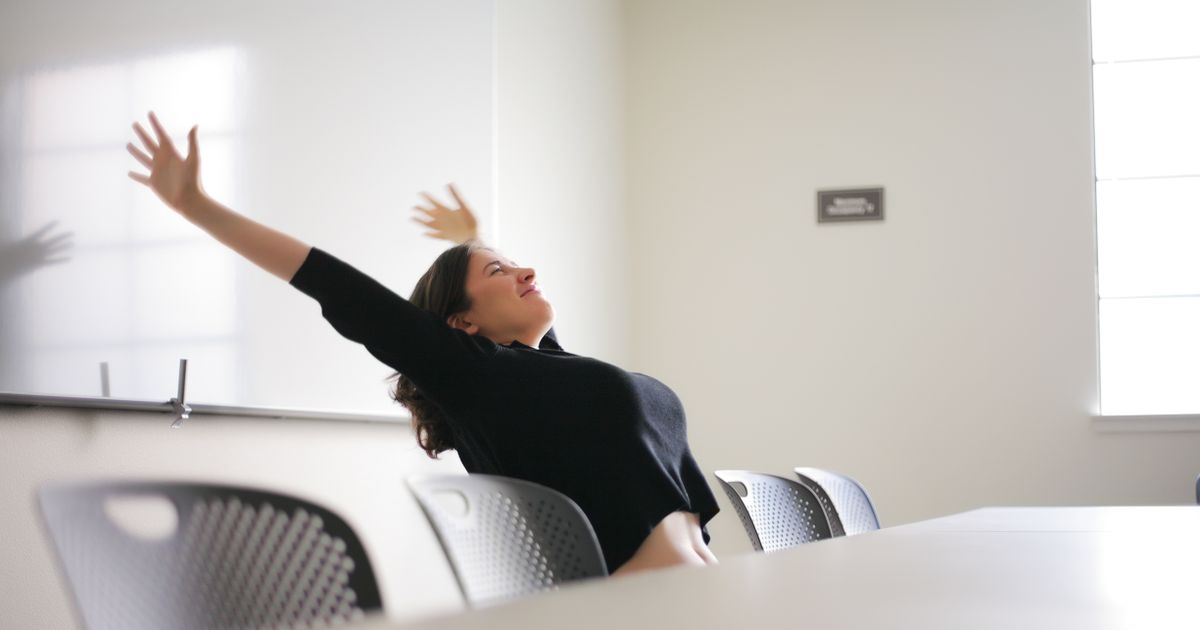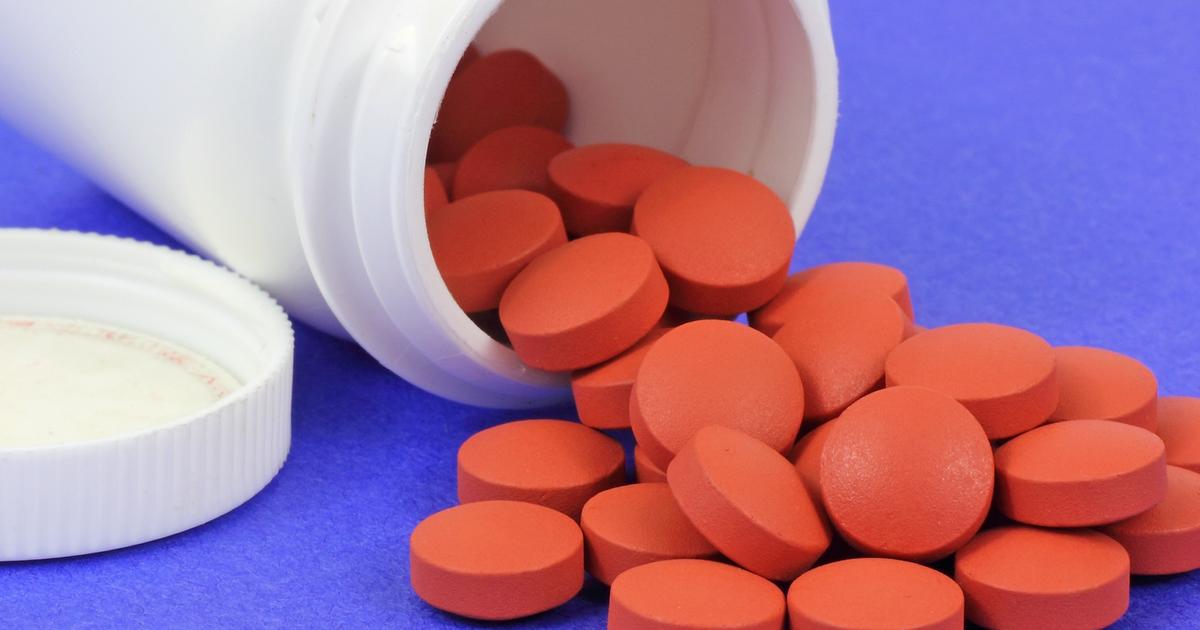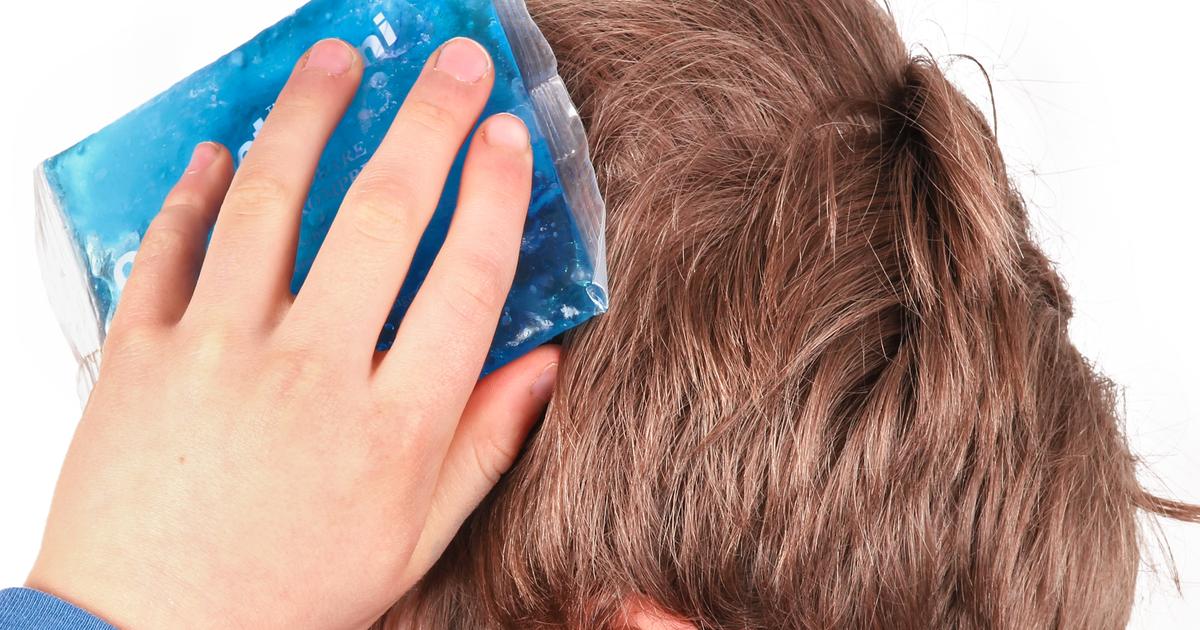How To Prevent And Treat A Concussion
A concussion is the mildest form of traumatic brain injury. The injury usually occurs after a blow to the head or after whiplash causes fast shaking of the head and brain. Concussions cause an alteration in mental state, and some individuals may lose consciousness. Though the majority of concussions aren't life-threatening, they can cause serious symptoms and complications requiring medical treatment. The symptoms can vary widely from case to case. One prevalent myth is a concussion always leads to a loss of consciousness. While some patients lose consciousness, not everyone does. If someone is recovering from a concussion, they should be monitored for serious symptoms and take basic steps for self-care.
Avoid Physical Exertion

When recovering from a concussion, individuals will need to avoid physical exertion for a while. If individuals work a job that involves manual labor, they'll have to either take time off or get workplace accommodations that lessen the load. They also shouldn't participate in sports or heavy exercise. When patients do return to a regular exercise routine, sports, work, running, walking, and other forms of physical activity, it's important to do so gradually. They should first wait until they're no longer experiencing concussion symptoms, and then they can start with light, low-impact exercises like stationary cycling or walking. Patients may gradually increase the duration and intensity day by day as long as they don't have symptoms. If patients start experiencing symptoms again, they must stop the exercise and go back to their previous level. Some individuals don't experience symptoms until minutes or hours after they've finished exercising. Patients should always consult a doctor about how they can most safely return to their normal physical activity. They should also always pay attention to their symptoms and what their body is saying.
Keep reading to learn more about how to treat a concussion now.
Take More Frequent Breaks

The biggest part of recovering from a concussion is taking the time to rest. The patient's body needs to use its energy to heal and repair itself. If patients push too hard, they'll increase their recovery time, and could worsen their symptoms. Individuals will need to take more frequent breaks than they would in normal day-to-day life. This includes both physical activities like walking and mental activities like reading or concentrating. Patients should also take a break from whatever they were doing immediately following a concussion, especially if they sustained the injury in a sporting event. Going back to sports without resting can make their brain injury significantly worse. As with increasing their exercise level, the most important thing for patients is to pay attention to their body. If they notice they're tired or that their symptoms are worsening, it's time to take a break. Depending on the severity of symptoms, they might need to take time off work or see if they can schedule extra work breaks.
Continue to reveal more treatments for a concussion now.
Limit Activities Requiring Mental Concentration

A concussion can cause changes in cognition including issues with concentration, memory, and thinking. Patients may feel like their thoughts are slower or their memory is worse. If the affected individual is in school, they might need to take some time off. It helps to limit activities requiring mental concentration immediately after the concussion. Trying to force the brain to function can lead to both mental and emotional exhaustion. If issues with concentration persist for a long time, patients should learn strategies to help focus and deal with concentration. The cognitive symptoms associated with a concussion will vary, so patients need to pay attention to their limits. Some common issues include remembering and learning things, paying attention, finding the right words, following and understanding a conversation, multitasking, making decisions, organizing, and planning the day. If patients are having trouble thinking, they can also go through a mental checklist. Maybe they need a break or more sleep, or perhaps they're stressed, have a headache, or are otherwise experiencing pain. All of these things can interfere with concentration and cognition.
Get more details on managing a concussion now.
Take Over-the-Counter Pain Medication

A concussion is often accompanied by pain and headaches due to the injury. The brain itself doesn't have nerve endings, but there are nerves in the head that can register pain. Most doctors recommend patients take over-the-counter pain medication as the injury is healing. There are several pain medications available at local pharmacies. The best one to take for a concussion is acetaminophen. Patients should avoid aspirin, ibuprofen, and other blood-thinners, since these increase the risk of bleeding. Patients with concussions are more vulnerable to brain bleeds, which can cause permanent neurological damage or even death. If an individual is not sure what medication is safe to take, they can talk to a doctor or pharmacist. Acetaminophen treats mild and moderate pain caused by headaches, backaches, toothaches, osteoarthritis, and menstrual periods. It can also reduce fever. The medication is available in many forms, and patients should always make sure to double-check the dosing instructions and warnings. When used in children, acetaminophen should always be in a form manufactured specifically for children.
Learn more about treating a concussion now.
Get Lots Of Rest And Fluids

Healthcare professionals will all recommend the same basics when patients are recovering from a concussion: they should get lots of rest and fluids. Doctors recommend getting between eight and ten hours of sleep per night when recovering. During the day, if patients are experiencing tiredness or fatigue, they should take breaks. They should also avoid overstimulating your brain with things like video games and computer screens. Drinking fluids helps speed the recovery process. Hydration is important to both the patient's overall health and their body's ability to recover from injury. They must make sure they're getting enough water and electrolytes to keep their body functional. A well-balanced diet including fats, proteins, and carbohydrates is also key. Experts recommend eating a snack or small meal every four hours during recovery, as this helps maintain blood glucose and provide nourishment as the brain heals.
Uncover more options for preventing and treating a concussion now.
Wear Protective Equipment While Playing Sports

To prevent a concussion, individuals should wear protective equipment while playing sports. The use of protective headgear is especially important for athletes who participate in contact sports such as hockey, football, and rugby. Helmets should be worn for these activities, and individuals should also wear a helmet while riding a bicycle, motorcycle, or horse. Batting helmets are needed for baseball practice as well, and catchers require special helmets. In addition to protecting the head, soccer players should ensure the field goalposts have padding around them. Helmets should have a snug fit around the head, and players should check them regularly for signs of cracking or other damage. Although helmets can provide significant protection against concussions, they cannot prevent concussions. Thus, athletes should educate themselves about proper technique for heading balls and for avoiding blows to the head during practices and games.
Continue reading to learn about more ways to prevent a concussion now.
Always Wear A Seatbelt

Wearing a seatbelt can prevent the head from striking the window, back seat, or windshield during a motor vehicle accident. Both drivers and passengers should wear a seatbelt at all times while traveling in a car (even in the backseat), and seatbelts should also be worn on buses when available. Children should ride in the backseat of a car, and parents should ensure the seat belt fits the child properly; booster seats may be necessary to achieve this. Both the lap belt and neck strap should be worn. For the proper fit, the lap belt needs to rest across the hips and should not be placed over the thighs or abdomen. The neck strap is meant to touch the shoulder; it should not dig into the neck or be placed on the arm. Some seatbelts can be adjusted to accommodate the height of the user, and all users should ensure the seatbelt is not twisted during wear.
Discover additional ways to treat and prevent concussions now.
Reduce The Risk Of Falls In The Home

Falls at home are a major cause of head injuries, including concussions. To reduce the risk of falls in the home, parents of young children may wish to use stair gates to protect their children from falling down the stairs. Individuals of all ages should use handrails while climbing stairs, and stairs should be kept free of toys, clutter, cords, and other hazards that could cause trips and falls. All throw rugs should have a rubber backing or pad placed underneath them to increase traction and reduce the chance of slips, and individuals may want to remove throw rugs entirely. Particular caution should be taken to avoid falls on wet bathroom surfaces. Grab bars can be installed to increase bathroom safety, and patients may also wish to place a mat in the tub to prevent slips. If a mat is not available, shoes designed for use at the pool can be worn while bathing to decrease the chance of falls. All wet surfaces should be wiped dry with a towel. In addition, patients who use ladders and step stools to reach shelves or hang decorations should make sure these have rubber feet and that they are designed for the user's weight range. If possible, having a family member or friend present to stabilize the step stool or ladder while it is in use could aid in fall prevention.
Learn more about treating concussions now.
Apply Ice to Bumps And Swelling

When a concussion has occurred, it can help to apply ice to bumps and swelling. Pre-made gel packs and ice packs work well for this purpose, and patients can also make a homemade ice pack by placing ice cubes in a sealed plastic bag that is then covered with a towel. Individuals who are using an ice pack for the first time on a new injury should apply the pack to the site for thirty seconds. After this time, the area should be checked for blisters or changes in skin color, and the ice pack should be removed immediately if these changes are found. Ice packs should be applied to the affected area for twenty to thirty minutes at a time, and most patients use them three to four times per day. If recommended by a doctor, patients can use ice as often as is necessary to provide relief. Ice packs should always be covered by a towel or another form of insulation; applying ice directly to the skin could cause burns. After the ice pack has been applied to the injured site for twenty to thirty minutes, it should be removed for at least twenty minutes before the next application. Patients should remove ice packs if numbness, tingling, or burning sensations are present at the application site.
Get more information on managing a concussion now.
Avoid Screens And Loud Music

During recovery from a concussion, it is important to avoid screens and loud music. Video games, television, and loud music are overstimulating when the patient has a concussion, and the brain has to put in too much effort to process the onscreen information and to handle the noise of loud music. This can lead to a worsening of concussion symptoms in some patients, and it may delay an individual's recovery. Patients should ask for individualized screen and music recommendations from their physician, and they should obtain medical clearance before viewing screens or listening to loud music during their recovery period, and often for a little while after. These activities can typically be reintroduced gradually as the patient's symptoms improve.
